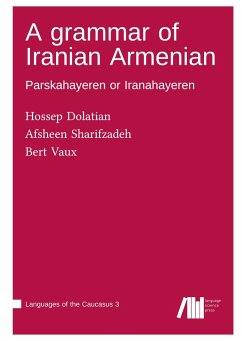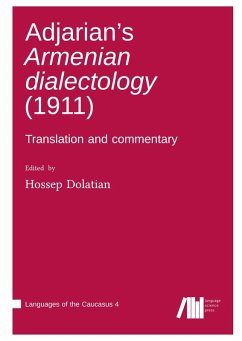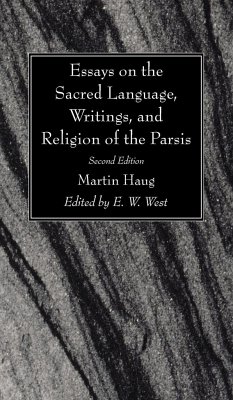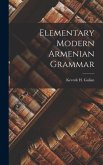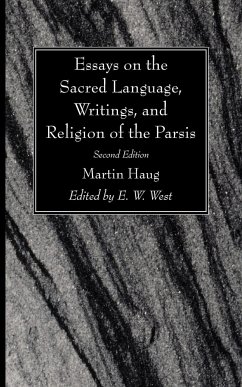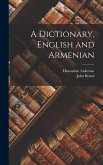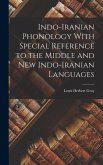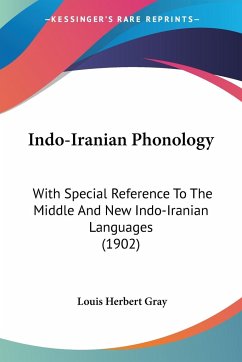Iranian Armenian is the variety of spoken Armenian that was developed by Armenians in Tehran, Iran over the last few centuries. It has a substantial community of speakers in California. This variety or lect is called ¿Persian Armenian¿ [p¿¿sk¿h¿je¿en] or ¿Iranian Armenian¿ [i¿¿n¿h¿je¿en] by members of the community. The present book is not a comprehensive grammar of the language. It occupies a gray zone between being a simple sketch versus a sizable grammar. We attempt to clarify the basic aspects of the language, such as its phoneme inventory, noticeable morphophonological processes, various inflectional paradigms, and some peculiar aspects of its syntax. We likewise provide a sample text of Iranian Armenian speech. Many aspects of this variety seem to be identical to Standard Eastern Armenian (SEA), so we tried to focus more on those aspects of Iranian Armenian which differ from SEA. The phonology has developed new phonemes and intonational contours due to contact with Persian. The morphophonology has grammaticalized allomorphic patterns that are phonosyntactic, meaning they reference syntactic information. Nominal morphology is largely identical to SEA but with some simplification of irregular processes. Verbal morphology is similar to SEA, but with major innovations in the aorist paradigm. The aorist or past perfective paradigm has undergone a change whereby irregular patterns have been reanalyzed as regular patterns. The syntax is largely the same as SEA, but with innovations due to contact with Persian, such as object clitics and the use of resumptive pronouns.
Hinweis: Dieser Artikel kann nur an eine deutsche Lieferadresse ausgeliefert werden.
Hinweis: Dieser Artikel kann nur an eine deutsche Lieferadresse ausgeliefert werden.

